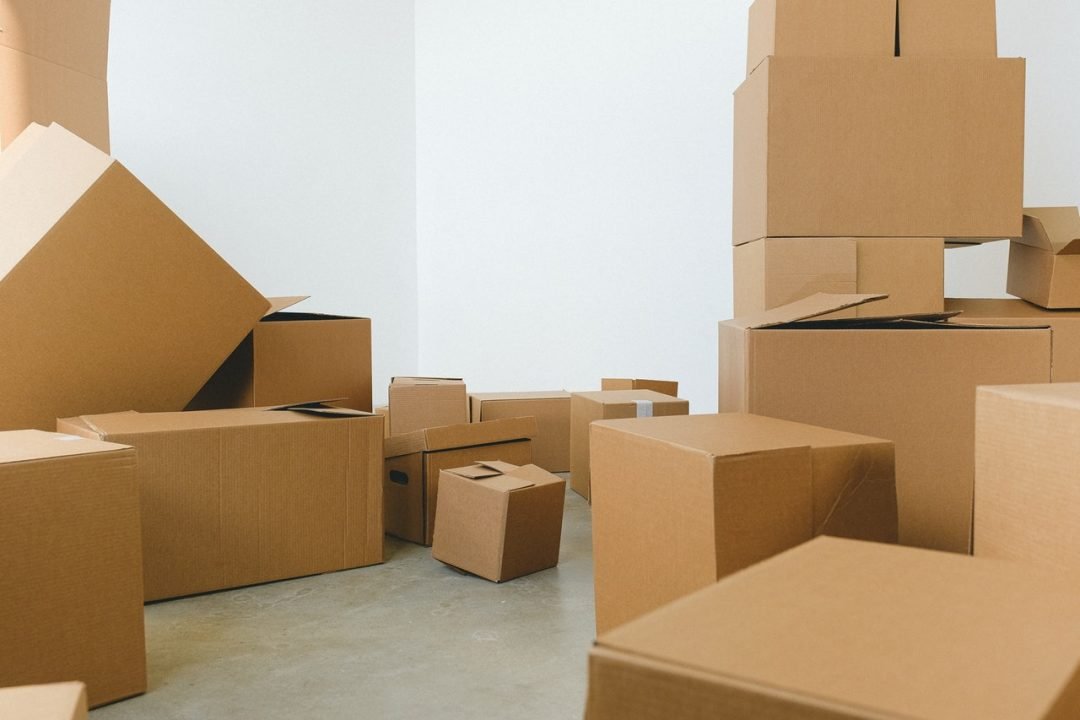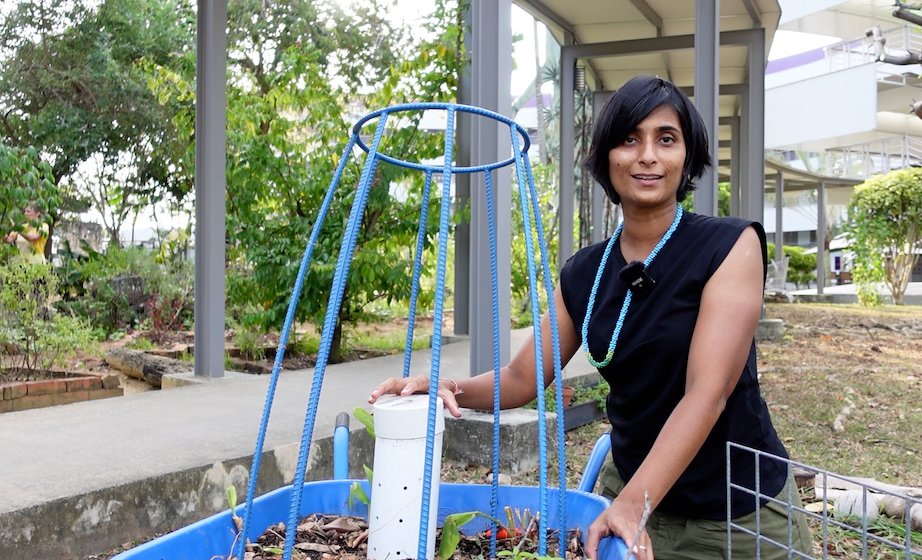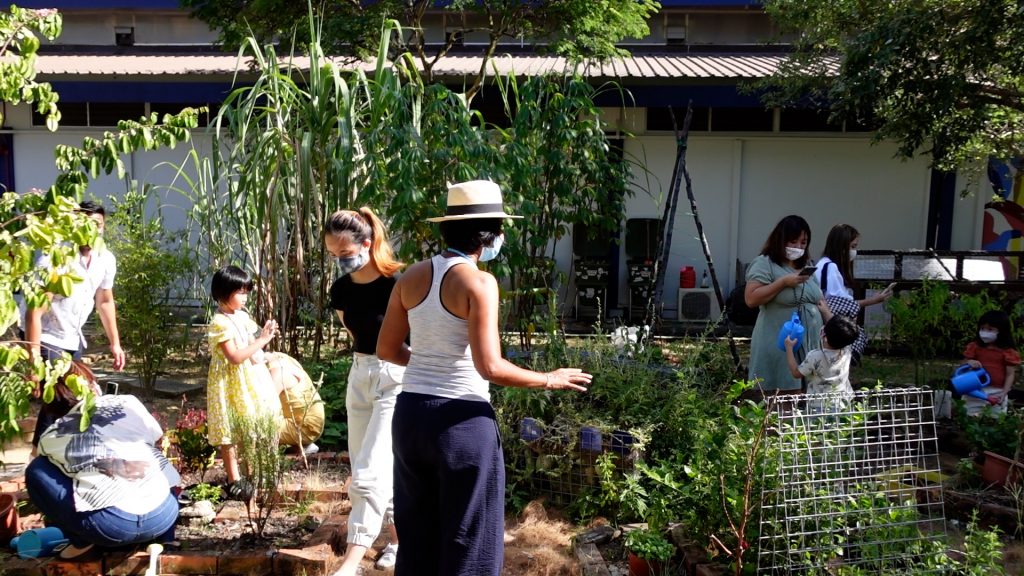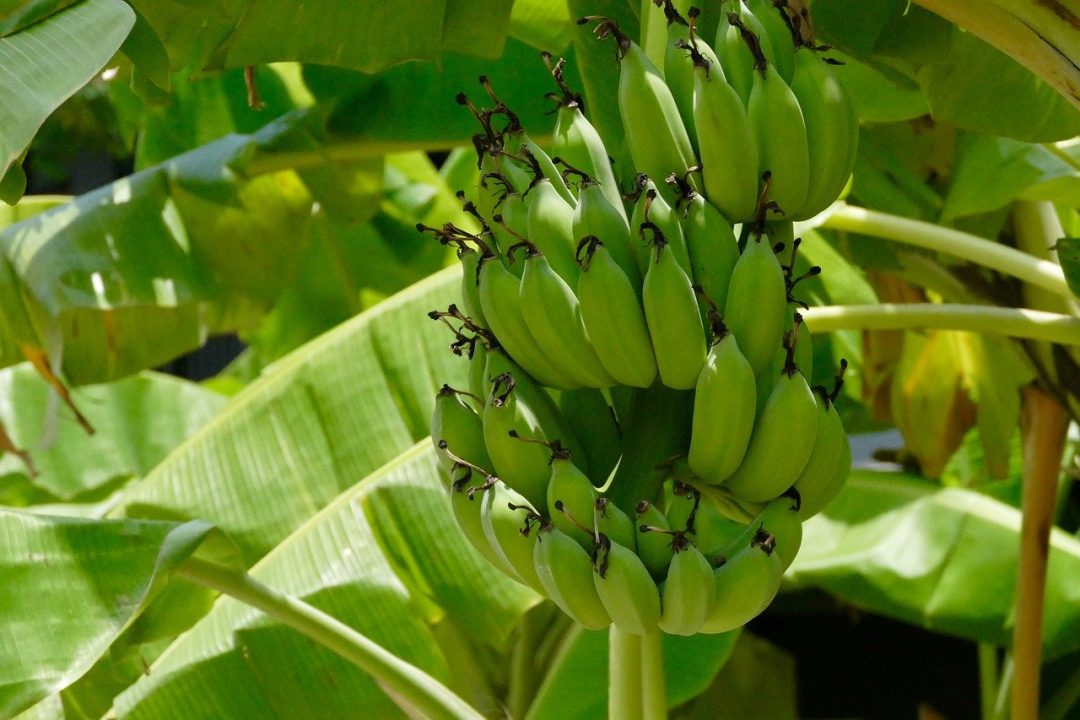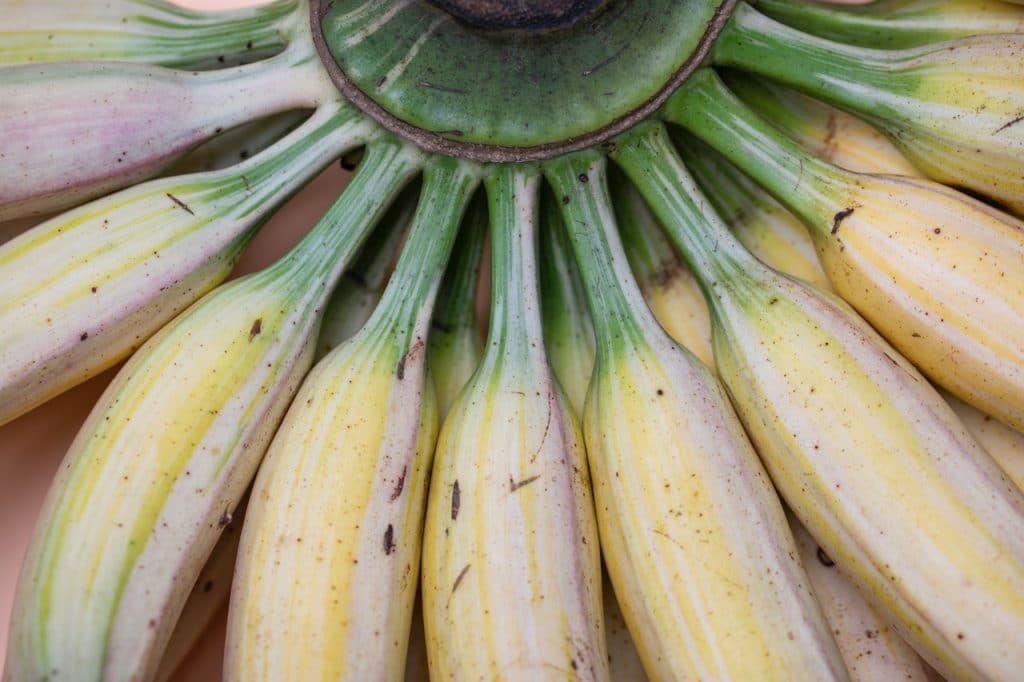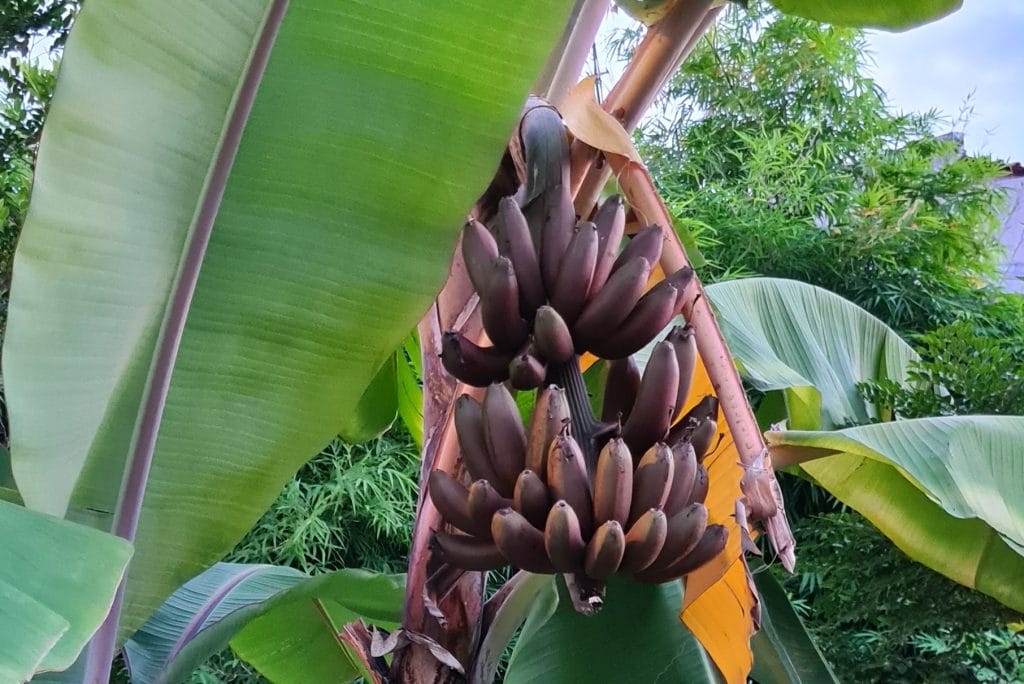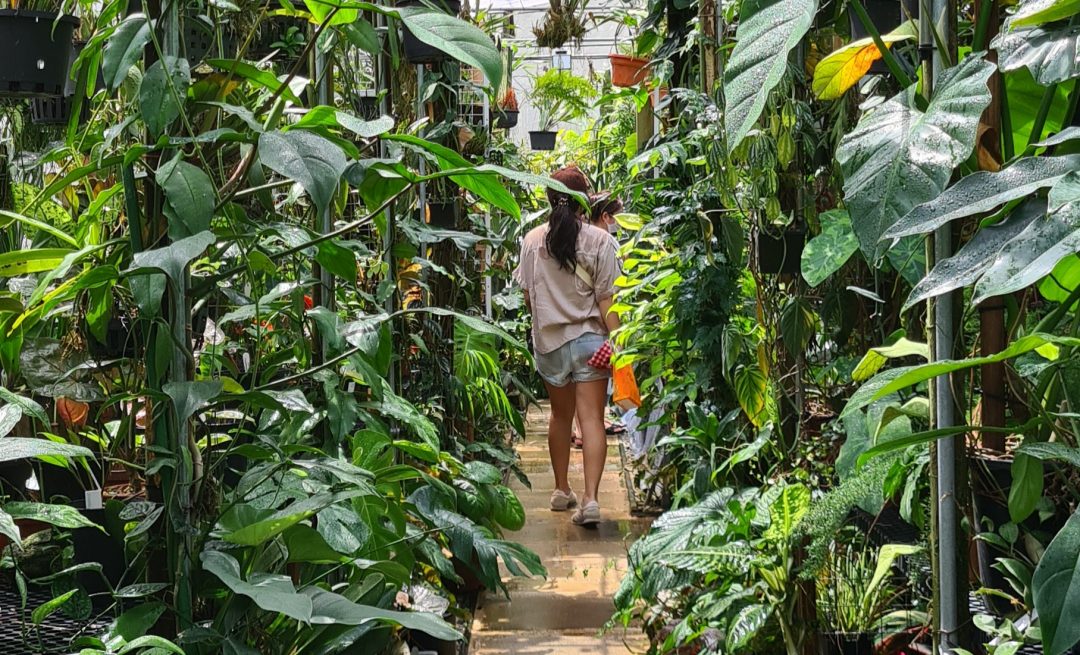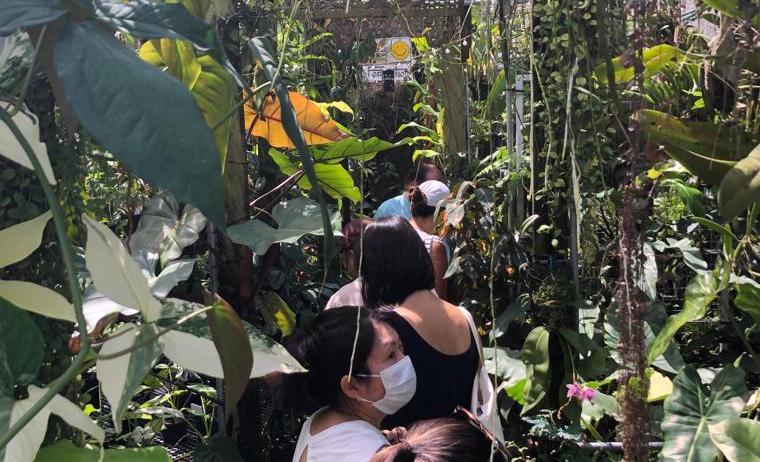Cardboard boxes are one of the most common packaging materials we receive with our online purchases. The good news is that we can easily recycle and reuse these cardboard boxes.
Cardboard is a paper-based material made from wood pulp and other plant fibres, making it recyclable. However it is more eco-friendly to reuse or repurpose it if possible.
They can be used for a variety of purposes, both inside and outside the home. In this blog post, I will discuss how to recycle as well as reuse cardboard boxes to put them to good use! From DIY projects like making kids toys and growing oyster mushrooms to creating a no-dig garden, there are many ways to reuse cardboard.
The two types of cardboard that we commonly have at home are corrugated cardboard and paperboard. Corrugated cardboard is the type with fluted paper in between two layers of linerboard. It is used for shipping boxes and packaging. Paperboard is thinner and used for cereal boxes, shoe boxes, and tissue boxes. In this blog post I will focus on corrugated cardboard.
How to Recycle Cardboard Boxes
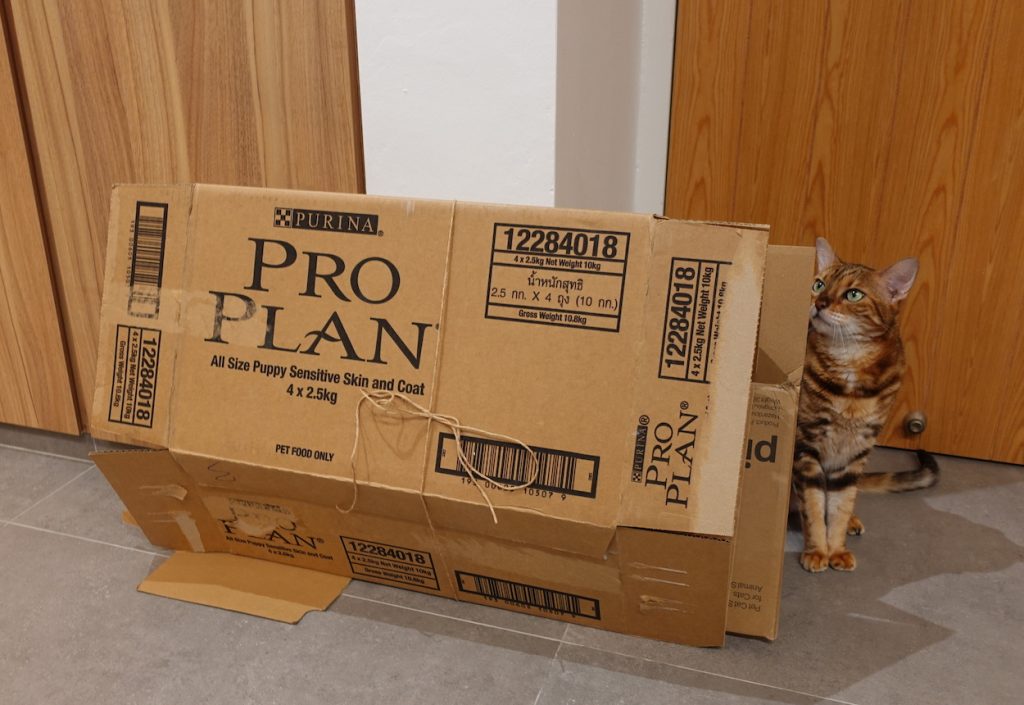
Almost all cardboard can be recycled, however think twice about recycling heavily stained cardboard. If your cardboard is heavily food-stained, it may be better to compost it or use it to create a no dig garden instead.
Take for example, the humble pizza box. Depending on where in the world you live, oil stained pizza boxes may be rejected from recycling facilities. In Singapore, residents are advised against recycling food stained pizza boxes, while in Australia and the US, it depends on the city council one lives in. Therefore it is best to check with your local council. Some city councils accept greasy pizza boxes as long as the cheese is removed from the box. Often times, the pizza box cover arrives without stains and can be torn off and recycled.

